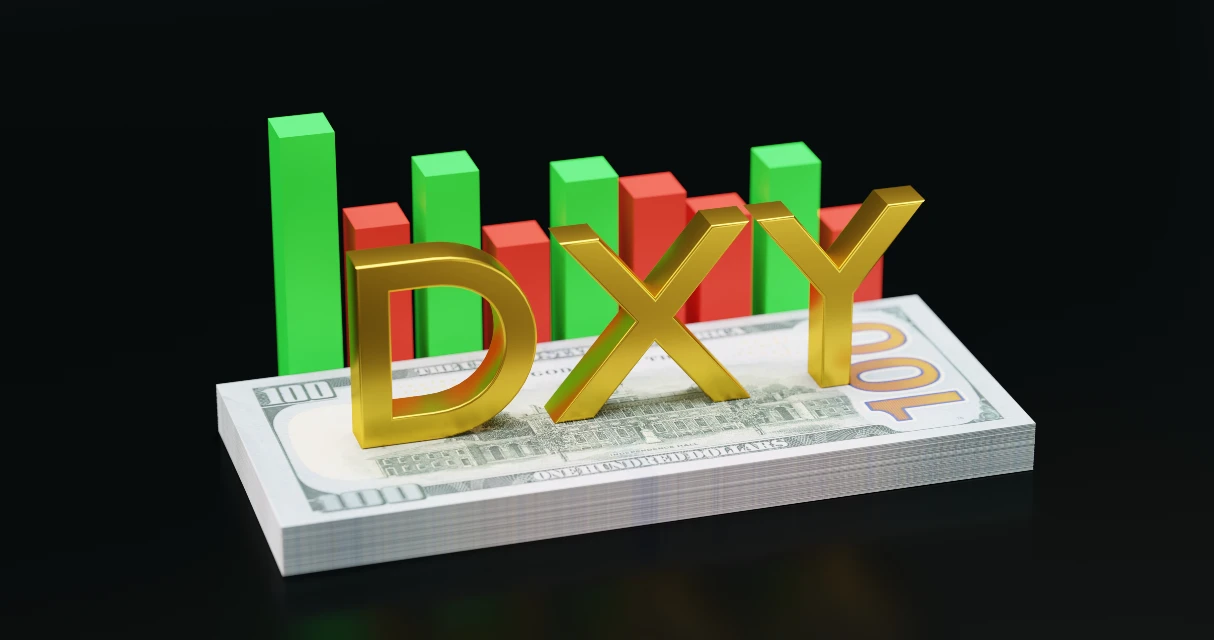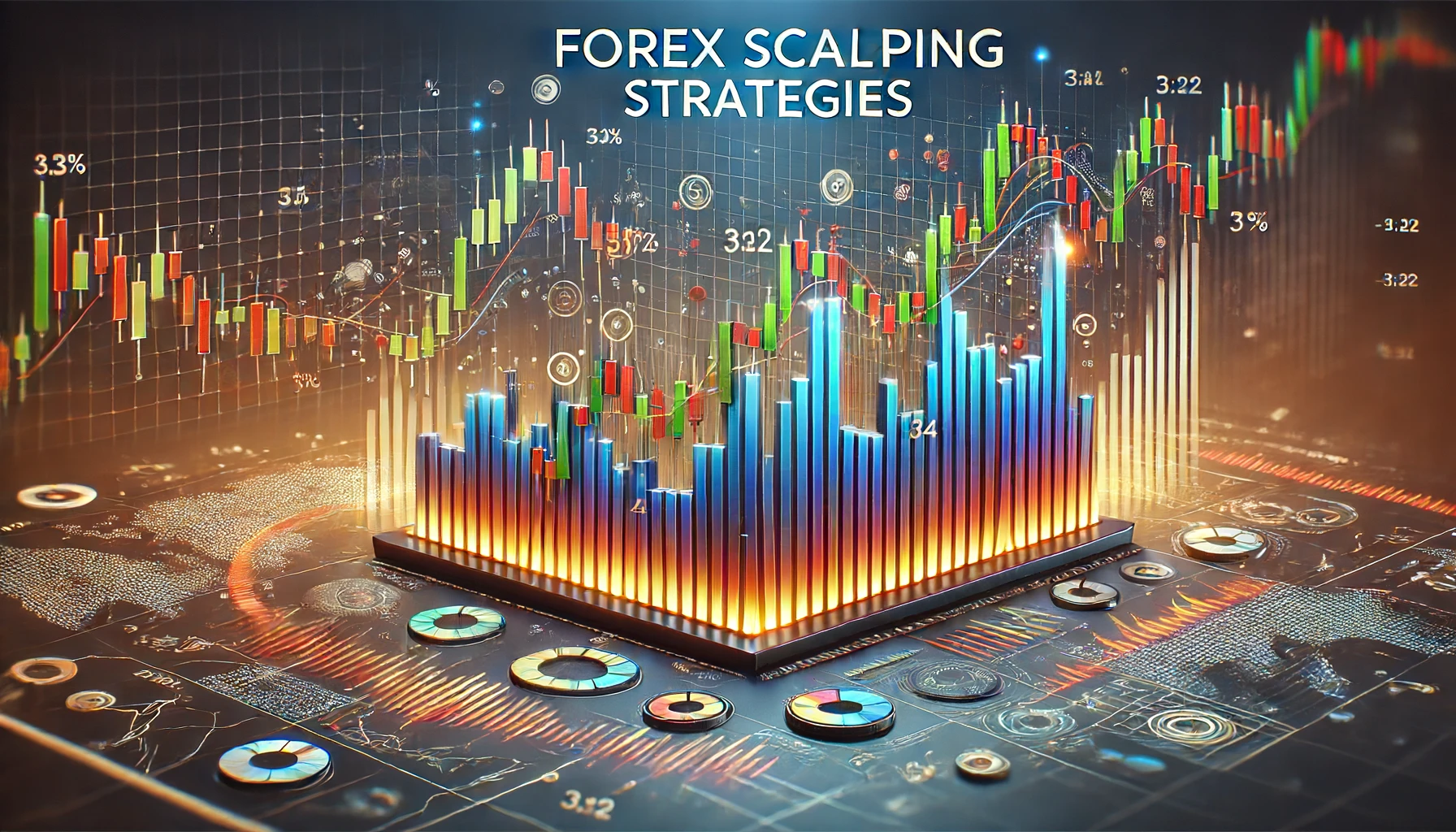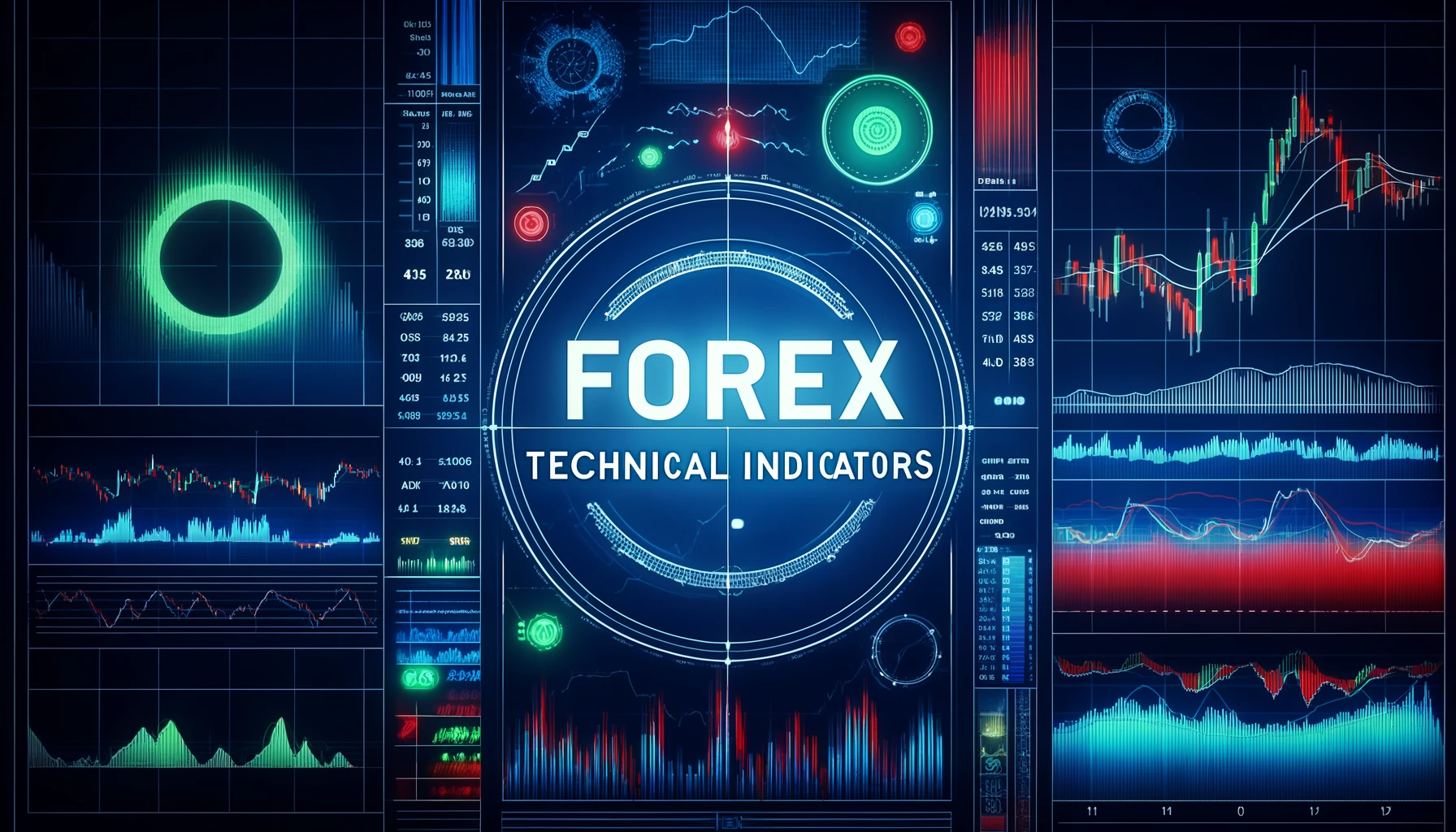The DXY, or the US Dollar Index, serves as a barometer for the US dollar’s performance in the international currency arena. It juxtaposes the USD against a group of six significant currencies: the Euro, Japanese Yen, British Pound, Canadian Dollar, Swedish Krona, and Swiss Franc. The rise or fall of the DXY is a direct reflection of the US dollar’s comparative strength or weakness against these currencies. A higher DXY value signals a stronger dollar, whereas a lower value suggests a weakening dollar.
In this article, we will explore the Dollar Index (DXY) in-depth, examine its calculation method, and discuss why it is crucial for traders to monitor it closely.
Table of Contents
ToggleUnderstanding the DXY
This index originated in 1973, initiated by the Federal Reserve to provide a more structured view of the dollar’s international value post-Bretton Woods Agreement. In 1985, ICE Futures US took over its management. The DXY underwent a notable alteration in 1999 with the introduction of the Euro, which consolidated several European currencies into one, thus changing the composition of the index.
It is listed under various designations like USDX, DXY, or USDINDEX.fs, especially on trading platforms such as MT4. The DXY’s value is a crucial indicator for those making decisions in international markets, as it offers a snapshot of the US dollar’s standing in the global economic landscape, thereby guiding strategies in currency trading and broader economic forecasting.
Note that the DXY was calibrated with a baseline of 100 at its inception. This foundational value is not arbitrary; it serves as a crucial fulcrum from which any variations in the index are measured. When the DXY reads at 80, it represents a nuanced -20% deviation from its original standard, signaling a comparative devaluation of the US dollar against its currency basket.
Conversely, if the DXY escalates to 120, this is more than a numerical uptick. It symbolizes a +20% augmentation from the baseline, indicating an enhancement in the dollar’s value and suggesting increased international buying power.
How is the DXY calculated?
To derive the value of the DXY, one employs a specific formula that incorporates the exchange rates of the currencies within its basket, each adjusted by its designated importance or ‘weighting.’ For instance, the Euro, being the currency of multiple countries, has a hefty weighting and majorly influences the DXY’s movements.
The current weightings assigned in the DXY calculation are as follows:
- EUR/USD carries the most substantial weight at 57.6%, reflecting its importance and the historical amalgamation of several European currencies into the Euro.
- USD/JPY is weighted at 13.6%.
- GBP/USD follows closely at 11.9%.
- USD/CAD has a 9.1% weighting.
- USD/SEK and USD/CHF are weighted at 4.2% and 3.6% respectively, representing smaller markets.
The computation of the DXY is encapsulated in the formula:
USDX = 50.14348112 × (EUR/USD^-0.576) × (USD/JPY^0.136) × (GBP/USD^-0.119) × (USD/CAD^0.091) × (USD/SEK^0.042) × (USD/CHF^0.036).
In this formula, note the use of negative exponents for certain currencies. This is because, in pairs like EUR/USD, and GBP/USD, the USD is the quote currency, and its value needs to be inverted to reflect its effect correctly. Conversely, in pairs like USD/JPY and USD/CHF, where the USD is the base currency, the positive exponent is used. This nuanced approach ensures that the index accurately mirrors the complex interplay of these currencies’ values relative to the USD.
Why is DXY important for forex traders?
The DXY serves as a pivotal tool for traders in the expansive forex market, acting as a gauge for the US dollar’s vigor.
Given that over half of the DXY is constituted by the Eurozone via EUR/USD, there is a pronounced inverse relationship between the two. This means that as the DXY ascends, indicating a stronger US dollar, the EUR/USD often declines, and vice versa. Traders can leverage this inverse relationship to anticipate market movements and validate their analyses.
For instance, see this DXY chart from 18 December to 28 December 2023. A clear bearish trend can be seen.
Now, observe a clear opposite (bullish) trend in the EUR/USD chart during the exact same duration.
In essence, traders can utilize the DXY in their technical analysis to corroborate trends and inform strategies in various markets, including:
- Commodities Priced in USD: Often, as the DXY climbs, signifying a strengthening dollar, commodity prices, which are typically denoted in USD, tend to decrease nominally. The reverse is also observed: a declining DXY often corresponds with rising commodity prices. This inverse relationship is crucial for traders in commodities markets to predict price movements.
- Currency Pairs Involving the US Dollar: The DXY’s movement provides insight into potential trends for currency pairs that include the USD. If the dollar is the base currency, then the pair’s movement is generally expected to align with the DXY’s trajectory. Conversely, if the USD is the quote currency, the pair tends to move in the opposite direction of the DXY. However, traders should note that these correlations are not ironclad and exceptions may occur due to various market factors.
In applying the DXY to analysis, traders should consider it as one piece of the puzzle. It is a tool that, when used alongside other indicators and market insights, can offer valuable perspectives on the potential direction and volatility of markets influenced by the US dollar. It is also crucial for traders to stay aware of global economic events and policy changes that can affect the DXY’s movements and, by extension, the related markets.
What drives the DXY value?
The value of the USD Index is primarily driven by the intricate balance of supply and demand for the US Dollar and the currencies within its comparison basket.
- Monetary Policies and Interest Rates: A significant influencer on currency value is the monetary policy enacted by each country’s central bank, especially the decisions regarding interest rates. For instance, if the Federal Reserve raises interest rates, the US Dollar often strengthens, pushing up the USD Index.
- Economic Performance Indicators: The economic health of a nation, reflected in indicators like GDP growth, employment rates, and manufacturing output, can sway currency value. A robust economy typically bolsters a currency, impacting its standing in the USD Index.
- Inflation Rates: Inflation levels within each country affect the purchasing power of their currency. Higher inflation usually leads to a depreciation of the currency, influencing its comparative value in the USD Index.
- Market Sentiment: Investor perceptions and market sentiment play a crucial role. Factors like political stability, global events, and market trends can shift investor confidence, impacting currency values and the USD Index.
- International relations: Foreign affairs and geopolitical events can significantly influence currency markets. For example, a new trade deal or tensions between countries can alter the flow of trade and investment, impacting the demand for and value of a currency.
Bottom line
At its core, the USD Index is like a guiding star for traders who are trying to get a handle on the US dollar’s standing on the global currency dance floor. This index paints a picture of how the dollar is doing in its ongoing tango with currencies like the Euro, Canadian Dollar, and Japanese Yen. For forex traders, it helps them decide when to step forward and buy or when to step back and sell, all based on the rhythm of the world’s economic beats.
Read more:
http://thetradingbay.com/2022/12/31/strongthe-power-of-multiple-time-frame-analysis-in-forex-strong/












